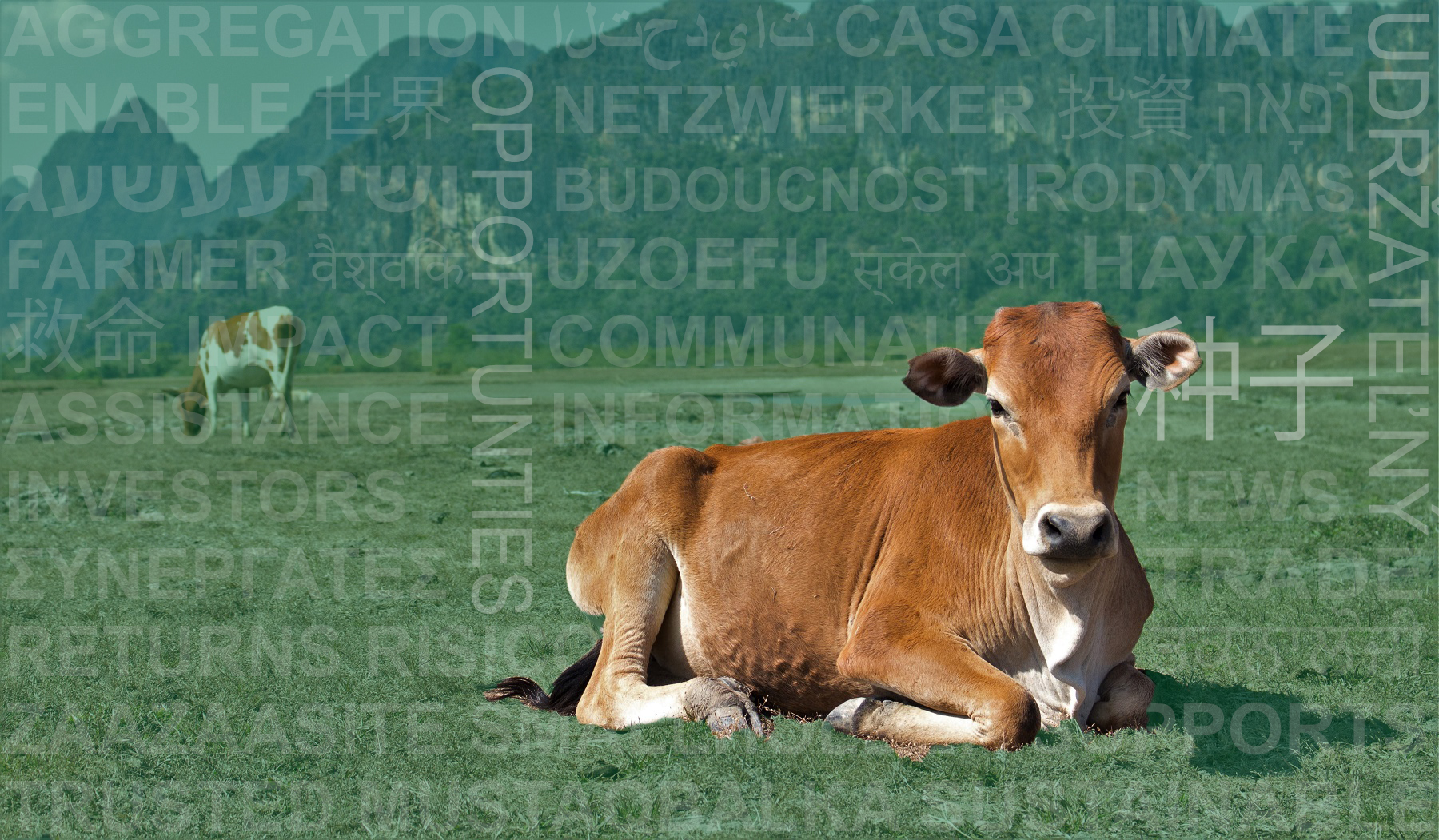
Meat, Milk and More: How Africa’s livestock production can be commercialised to meet growing demand
July 15, 2020
Prolonged economic growth, a growing population, urbanization and shifting dietary patterns in Africa have sparked demand for more animal-sourced foods, such as dairy, eggs and meat. By 2050, when Africa’s population is projected to hit 2.2 billion, it is expected that the average African will consume 26 kg of meat and 64 kg of milk. While domestic supply has been growing steadily to meet demand, imports still form a significant stop-gap.
A new report by the Malabo Montpellier Panel analyzes lessons from four African countries that have sustainably grown their domestic livestock sectors to provide recommendations for unlocking the economic potential of animal agriculture and becoming self-sufficient. The examples of the four case studies in this report—Ethiopia, Mali, South Africa, and Uganda—have shown that success has been most effective where governments have provided supporting infrastructure, increased capacity building in animal health systems and introduced fiscal incentives. By replicating, contextualising and scaling up those policy and institutional innovations and programmatic interventions that have shown to be successful on the ground, other African governments can develop country-specific strategies to sustainably grow their livestock sectors.
Livestock forms the basis of the livelihoods of millions of people in Africa, providing health and nutrition benefits, draught power, transport and soil nutrient production. For the rural and urban poor, livestock is also a critical asset providing an important source of income, insurance and coping strategy against socioeconomic and climatic shocks. The sector generates much-needed employment opportunities—especially for women and young people—in research and development, production, product processing and transformation, as well as marketing and trade. For several African economies, the livestock sector contributes between 30 and 80 percent to their agricultural GDP.
However, these developments are occurring against a backdrop of climate change, growing stresses on land and water resources, conflicts and a global pandemic. As governments respond to the consequences of the pandemic, aspects of animal and human health will gain prominence along with the opportunity to transform the African livestock sector positively. In fact, investments in the livestock sector, particularly in value chain development, can help to kickstart slow economies, creating inclusive and sustainable growth.
Although there has been progress towards improving feed for livestock, access to high-quality feed remains a significant challenge to increasing livestock productivity. In addition, limited technology adoption, low yielding breeds, and stringent biosecurity standards for human and animal health continue to present a challenge for many small livestock keepers and pastoralists and is an obstacle to market participation and trade.
The necessary government institutions and support infrastructure need to be in place to livestock producers and keepers. In addition to commitment at the highest level, a solid regulatory framework that governs animal and human health and food safety standards, access to financial services, technology adoption, as well as access to and availability of reliable data are key ingredients that contribute to a thriving livestock sector. In many cases these interventions were combined with a growing role for the private sector in the dissemination of modern technologies to increase productivity and enable the commercialisation of livestock production.
The report makes 11 recommendations covering policy, trade and finance as well as resolving conflict between pastoralists and crop farmers. Among these are recommendations to harmonise regulations and recognize the rights of herders as well as designing tailored financial services such as livestock insurance.
Read the full report here.